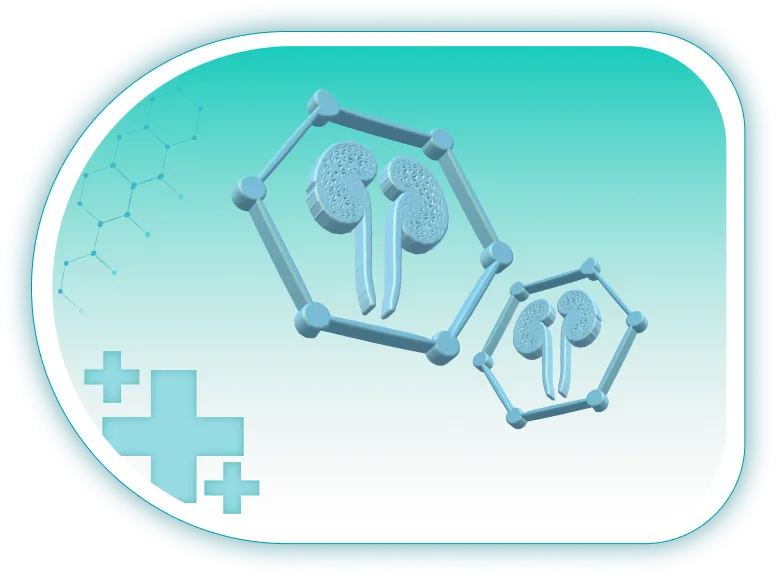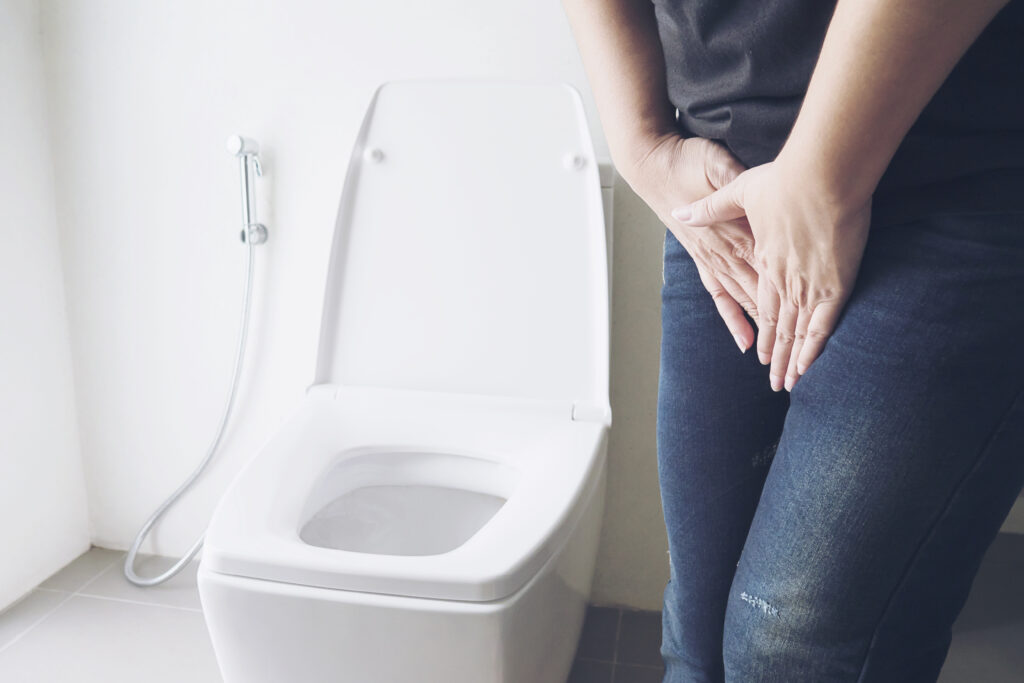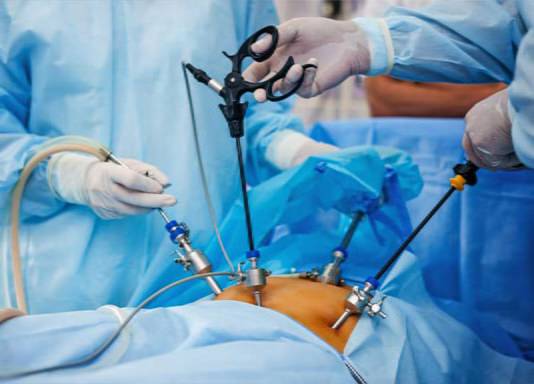The main difference between laparoscopic surgery and open surgery is the size of the incision made during the procedure. Open

Laparoscopic surgery, also known as minimally invasive surgery, is a revolutionary technique that offers a safe, effective, and gentle way to treat many urological conditions. Unlike traditional open procedures that require large incisions, laparoscopy uses specialized instruments and cameras to access the affected areas through tiny incisions.
This minimally invasive technique offers many benefits to patients, including faster recovery times, less pain, and shorter hospital stays. In some cases, it can also achieve better cosmetic results than traditional procedures.
As a leading medical center for urology, we offer a wide range of minimally invasive procedures, including laparoscopy and other minimally invasive techniques. Our experienced urologists and the best laparoscopic surgeon in dubai are experts in performing these procedures and use the latest technologies and instruments to ensure the best possible treatment outcomes for each patient.
If you would like to learn more about laparoscopy in dubai and other minimally invasive procedures for urological conditions or if you would like to schedule an appointment, please contact us at our German medical center. We are committed to providing our patients with the highest level of care and the most advanced treatment options available. Don’t wait, contact us today to schedule your consultation!
Our team of experts are passionate about providing only the best quality care and treatment to their patients.

Urology & Andrology

Urology & Andrology

Urology & Andrology

Urology & Andrology
Urinary tract malignancy, also known as urologic cancer, is a type of cancer that develops in the urinary system....
Urinary tract obstruction causes by a variety of factors that impede the normal flow of urine....
Autologous Platelet-Rich Plasma (APRP) has been investigated as a treatment for Erectile Dysfunction (ED) in men with various...
Kidney stones are hard mineral deposits in the kidneys and can cause significant pain and discomfort if they become trapped in the...
Pediatric surgery related to urology is a subspecialty of pediatric surgery that deals with surgical procedures associated with...
Oxidative stress disease can affect different parts of the body and lead to various symptoms. Some common signs that may indicate...
Urinary tract infection (UTI) is a common medical condition affecting millions of people worldwide. It occurs when harmful...






Our customers are at the heart of everything we do, and we are committed to providing them with one of the best possible care and service and that's why platforms like UpTopics publish us in top.

Based on 206 Google Reviews

Partner with:
Partner with:


German Medical Center is one of the leading medical institution in Dubai formed by a group of specialists who are passionate about providing the personalized care tailored to the patient's unique needs.
Fill out our easy online form to book an appointment with German Medical Center. Our team of experts is dedicated to providing you with personalized care and guidance every step of the way. Don't wait, take charge of your well-being and schedule your appointment now!